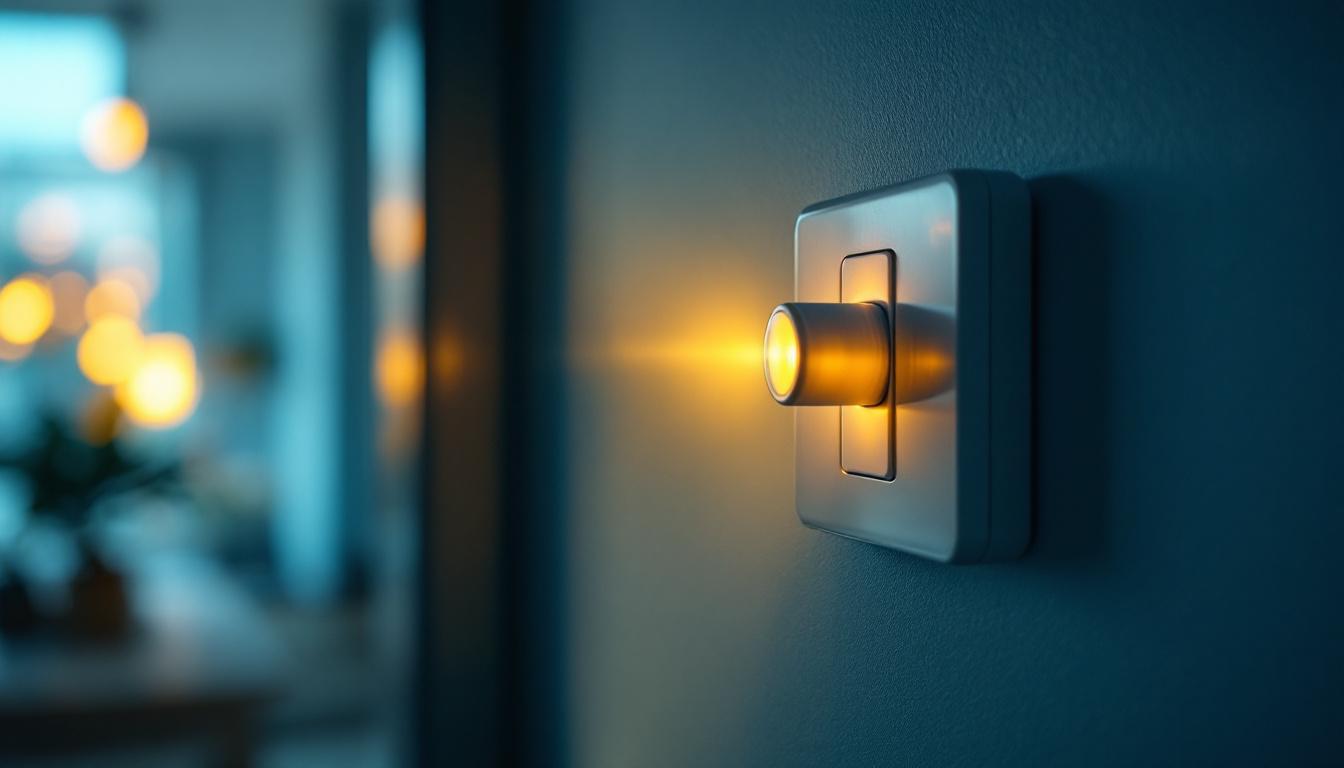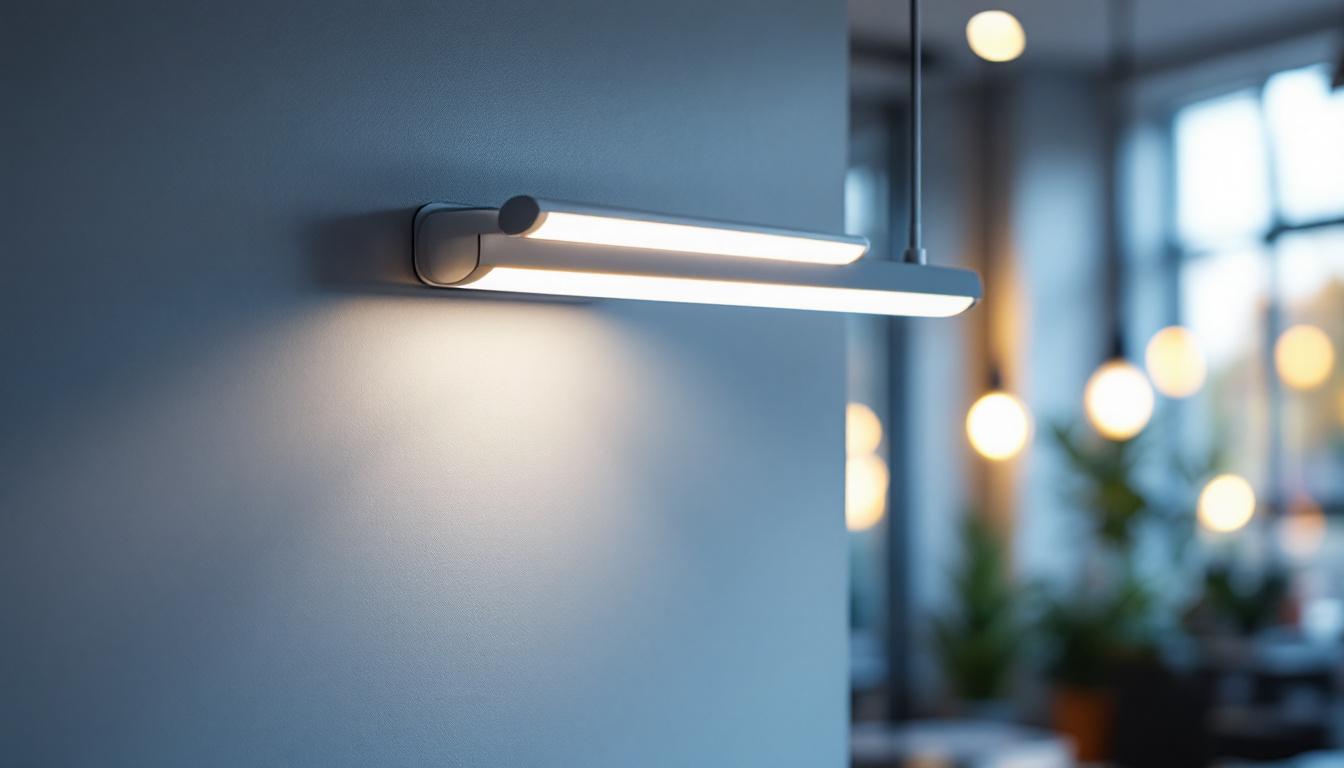
Lighting contractors play a pivotal role in creating the perfect ambiance in residential and commercial spaces. A dim light switch is an essential tool in this arsenal, allowing for adjustable lighting that can enhance the functionality and aesthetic of any room. This article provides valuable insights and practical advice for lighting contractors on the effective use of dim light switches, including installation tips, troubleshooting, and design considerations.
Dim light switches are devices that allow users to adjust the brightness of their lighting fixtures. They come in various forms, from traditional rotary knobs to modern touch-sensitive panels. Understanding the different types of dimmers available is crucial for lighting contractors, as it enables them to recommend the best options to their clients. The versatility of dim light switches not only enhances the aesthetic appeal of a space but also plays a significant role in energy management and user comfort.
There are several types of dim light switches, each designed for specific applications. The most common types include:
Incorporating dim light switches into lighting designs offers several benefits:
Moreover, the aesthetic flexibility offered by dim light switches allows homeowners to tailor their lighting to suit various occasions, from intimate dinner parties to lively gatherings. The ability to control brightness can also highlight architectural features or artwork, creating a more dynamic and visually appealing environment. As technology advances, the integration of dimmers with smart home systems is becoming increasingly seamless, allowing users to customize their lighting experience with just a few taps on their devices or even through voice commands. This convenience adds another layer of appeal to dim light switches, making them a popular choice for modern living spaces.
Proper installation of dim light switches is crucial for optimal performance and safety. Here are some essential tips for lighting contractors to consider:
Before installation, it is vital to assess the compatibility of the dimmer switch with the existing lighting fixtures. Not all dimmers work with every type of bulb, so verifying compatibility will help avoid flickering or buzzing issues. For instance, using an incandescent dimmer with LED bulbs without the appropriate compatibility can lead to poor performance. Additionally, consider the wattage ratings of both the dimmer and the bulbs; exceeding these ratings can result in overheating and potential fire hazards. It’s also worth noting that some smart dimmers require a neutral wire for proper operation, so be sure to check the wiring setup in the existing electrical box.
When installing a dim light switch, wiring must be done correctly to ensure safety and functionality. Here are some key points to keep in mind:
Furthermore, it’s beneficial to use wire connectors that are rated for the specific application, as they ensure secure and reliable connections. Consider using heat-shrink tubing for added protection against moisture and dust, especially in environments where humidity levels are high. Proper strain relief is also essential; ensure that the wires are not under tension, which can lead to premature wear or failure over time.
After installation, testing the dimmer switch is crucial. Gradually increase and decrease the brightness to ensure smooth operation. Check for any flickering or buzzing noises, which may indicate incompatibility or wiring issues. If any problems arise, revisit the installation steps to troubleshoot the issue. Additionally, it’s a good practice to test the dimmer at various settings to confirm that it can handle the full range of brightness without any issues. Consider using a multimeter to check the voltage at the dimmer to ensure it falls within the expected range, as this can help identify any underlying electrical problems that may not be immediately apparent during a basic functionality test.
Even with careful installation, issues can arise with dim light switches. Understanding common problems and their solutions can save time and frustration for lighting contractors.
Flickering lights can be a common complaint with dimmers, particularly when using LED bulbs. This issue often stems from incompatibility between the dimmer and the bulbs. To resolve flickering:
Buzzing sounds can be another issue encountered with dim light switches. This noise can be distracting and may indicate a problem with the dimmer or the bulbs. To troubleshoot buzzing:
Beyond functionality, the design of dim light switches should also be considered. Aesthetic choices can greatly influence the overall look of a space.
Dim light switches come in various styles and finishes, allowing contractors to match them with the decor of the space. Options include:
Proper placement of dim light switches is essential for user convenience. Consider the following:
The rise of smart home technology has transformed how lighting systems are designed and controlled. Integrating smart dim light switches can offer numerous advantages.
Smart dimmers provide enhanced control and convenience, allowing users to manage their lighting from anywhere. Key benefits include:
When installing smart dimmers, contractors should be aware of a few additional considerations:
Educating clients about their dim light switches can enhance their overall satisfaction and reduce the likelihood of issues arising after installation.
Providing clients with user manuals or guides can help them understand how to operate their dimmers effectively. This should include:
Encouraging clients to provide feedback on their experience with dim light switches can be invaluable. It allows contractors to:
Dim light switches are an essential component of modern lighting design, offering flexibility and control that enhances both functionality and aesthetics. By understanding the various types of dimmers, mastering installation techniques, and staying informed about troubleshooting and design considerations, lighting contractors can provide exceptional service to their clients. Additionally, embracing smart technology and prioritizing client education can further elevate the customer experience. In a world increasingly focused on energy efficiency and personalized living spaces, the expertise of lighting contractors will continue to be invaluable.
Ready to enhance your lighting projects with the best dim light switches on the market? Look no further than LumenWholesale for a vast selection of spec-grade lighting products at unbeatable wholesale prices. Our commitment to quality and affordability ensures that you can bring energy efficiency and modern design to your clients without the burden of inflated costs. With free shipping on bulk orders, LumenWholesale is your go-to source for premium lighting solutions that meet the highest industry standards. Elevate your lighting installations today by visiting Wholesale Lighting at the Best Value and discover the difference that LumenWholesale can make to your business.

Discover the essential guide for lighting contractors on motion sensor light switches.

Discover the benefits of T5 lamps in enhancing lighting installation projects.

Discover the latest innovations in outdoor solar lighting with our comprehensive guide tailored for lighting contractors.

Discover how lighting contractors can enhance their projects with recessed LED strip lighting.